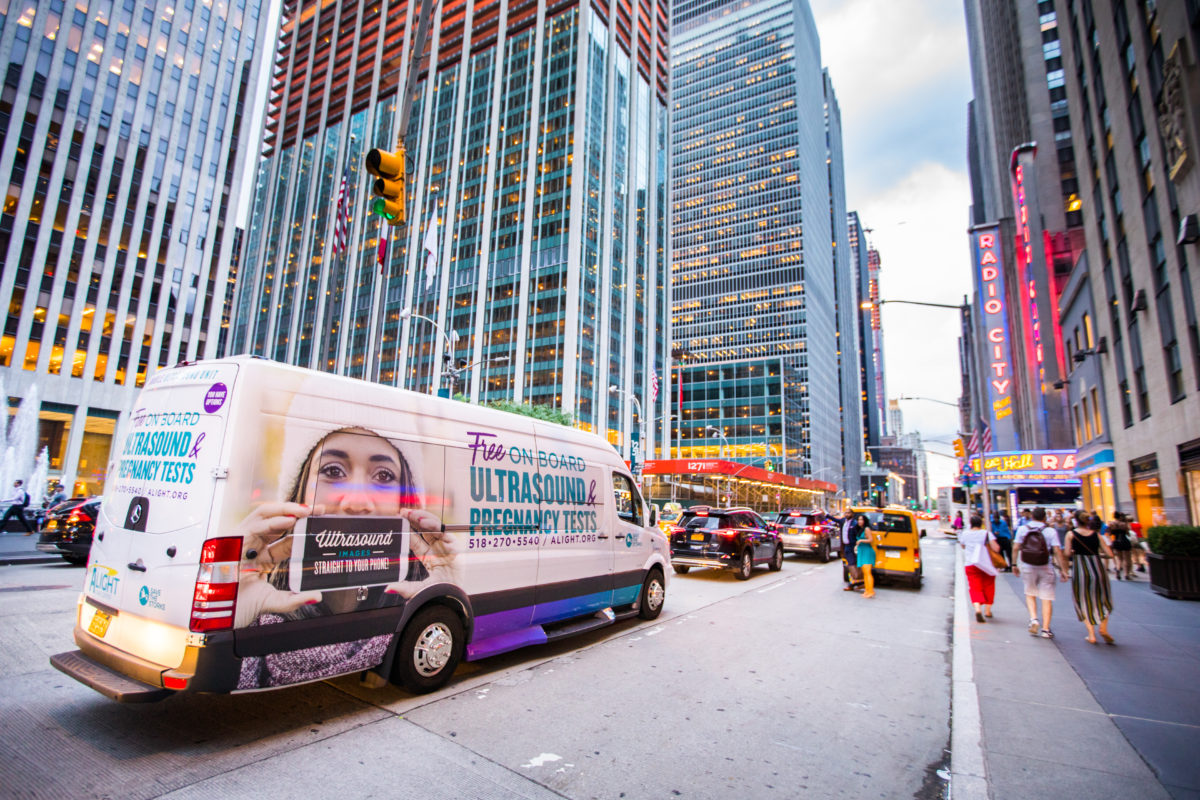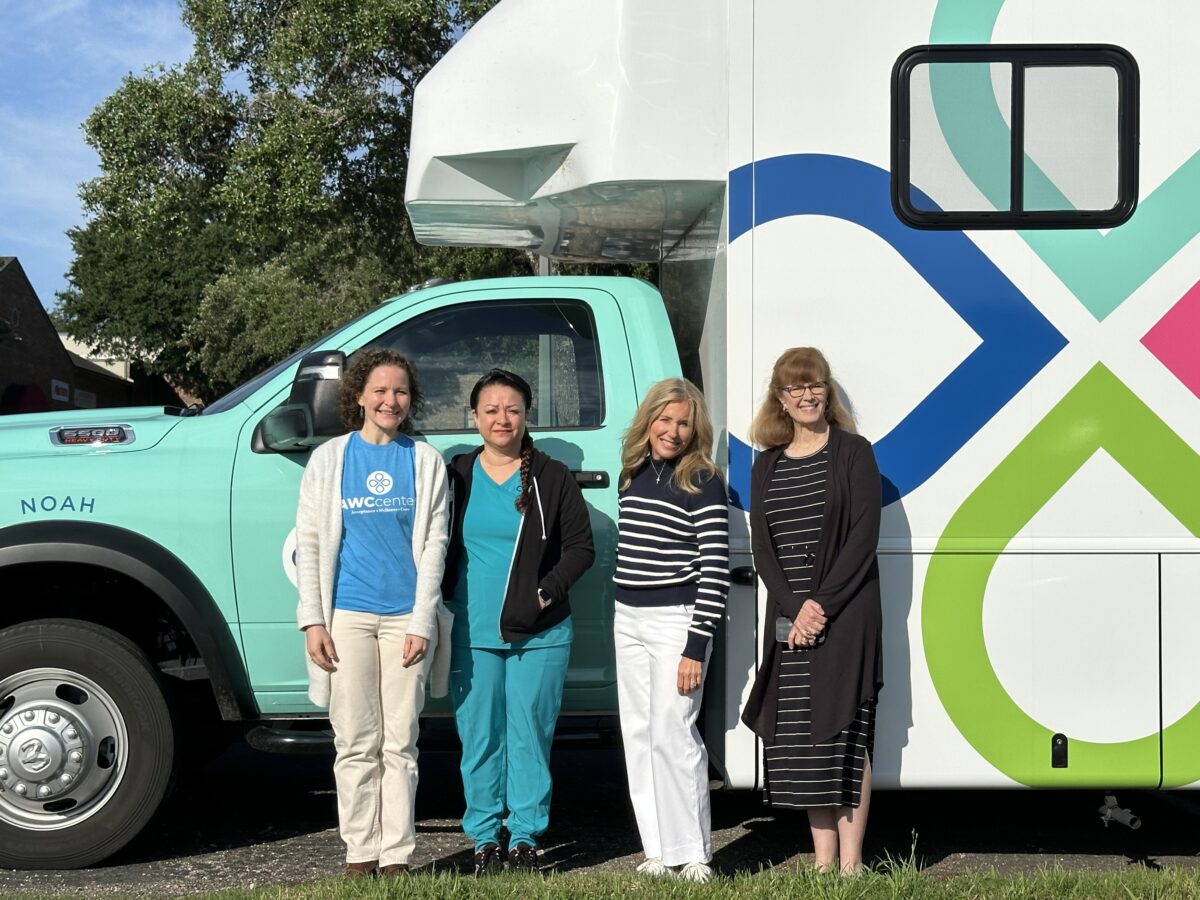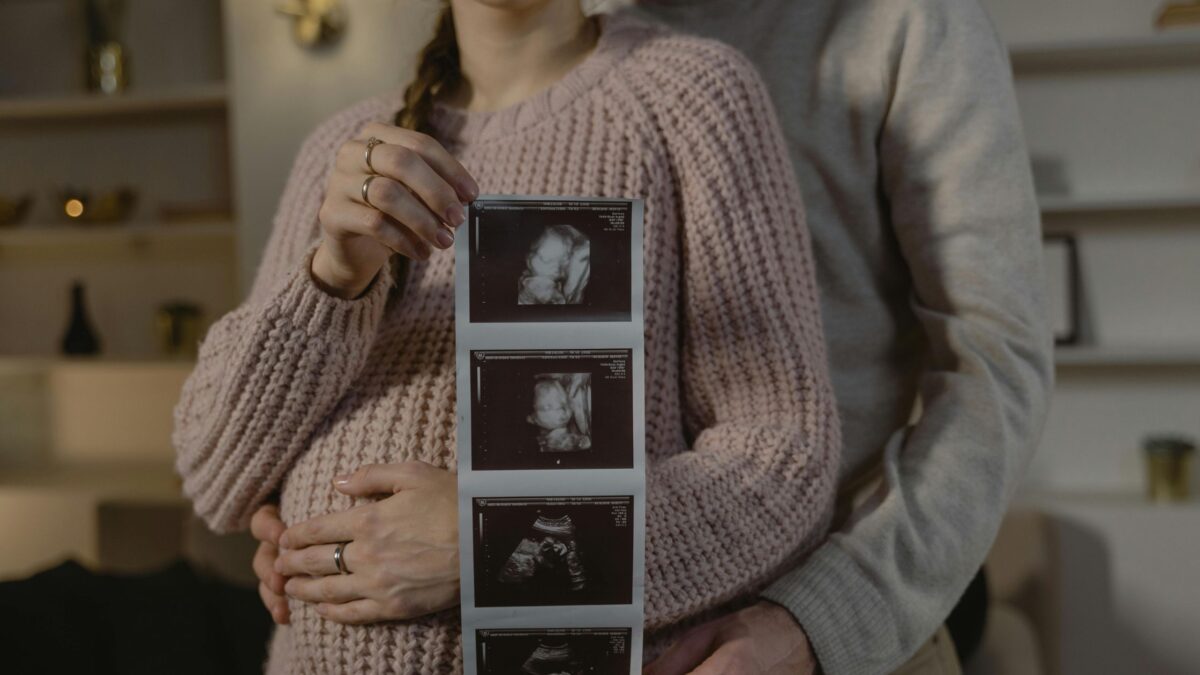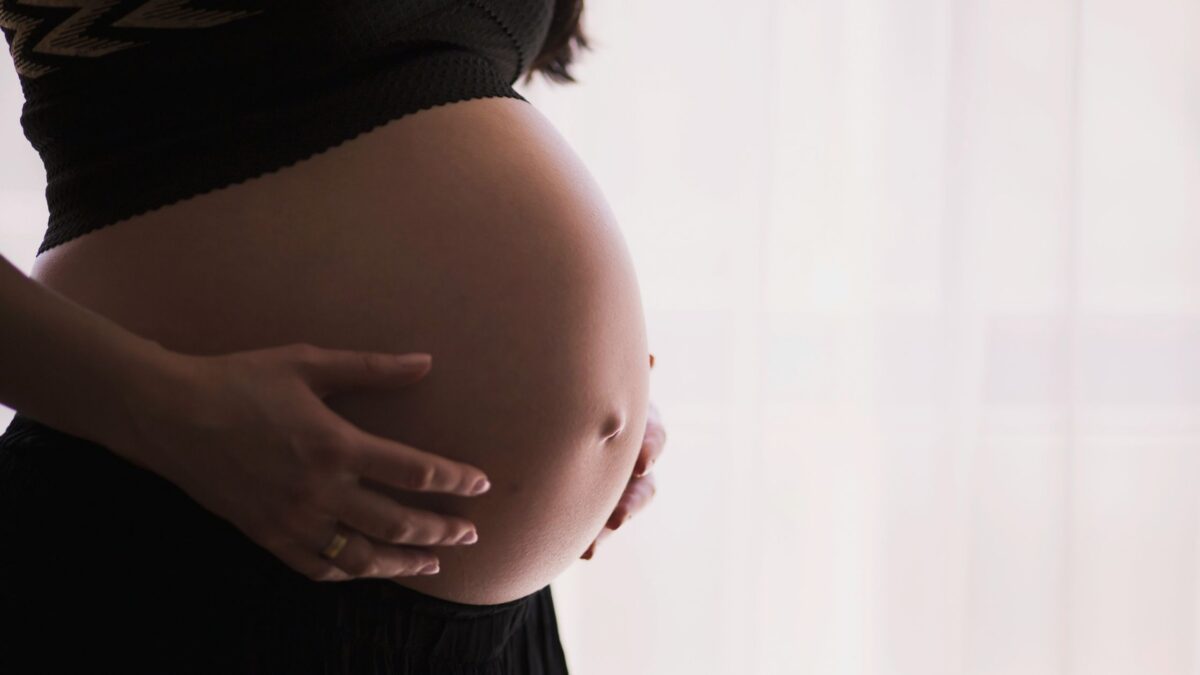The new Public Health Law of New York has the country talking. Some celebrate the new abortion laws while others reel in shock. The bill states its purpose to “…recognize a woman’s fundamental right to access safe, legal abortion.” This law also allows for abortions at “any time when necessary to protect a patient’s life or health.”

New York’s law assumes that to be pro choice protects life, or at least the desired way of life, of the mother. At Save the Storks, we believe that being pro life means all life should be protected and valued.
Lawrence K. Koning, a pro life MD who has an OB/GYN practice in California stated, “As an OB/GYN physician for 31 years there is no medical situation that requires aborting/killing the baby in the third trimester to “save the mother’s life.” Just deliver the baby by C-section and the baby has 95+% survival with readily available NICU care even at 28 weeks. C-section is quicker and safer than partial birth abortion for the mother.”

The comments on the New York Senate website range from those who wholeheartedly agree and celebrate this bill and those who are heartbroken by it. Some who celebrate the bill suggest that paying for an abortion is far better for the taxpayer than to support the child through welfare for the next 18 years. Let that sink in. They’re claiming that terminating a life is better than caring for it. If this is the logic about life, where do we draw the line for others who need care?

Did you know that New York is not the only state that has legalized late-term abortions? States allowing late-term abortions include: Alaska, Colorado, New Hampshire, New Jersey, New Mexico, Oregon, Vermont and Washington D.C.
Currently, Colorado and New Mexico allow for abortions up to 32 weeks.
Our affiliates at CareNet of Albuquerque park near a late term abortion clinic every week. Here’s just one of many stories about how they cared for a woman when she needed help.

Amy* was dropped off at the late term abortion clinic in Albuquerque, NM. The car drove off as she walked into the clinic alone. Members of the Sidewalk Advocates were respectfully presenting alternatives to Amy as she approached the abortion clinic. Kindness and love shown on their faces as they tried to let her know they were there for her, but she didn’t make eye contact as she walked into the clinic.
Nearly an hour later, Amy came out looking upset and confused. She went Sidewalk Advocates and asked for help. Hearing her story, the they called the Stork Bus. The mobile medical team met Amy and the Sidewalk Advocates in a nearby parking lot. Amy explained to them that she had taken the bus from Texas to Albuquerque to go to this abortion clinic. She knew she was pregnant but did not realize how far along she was. When Amy went into the abortion clinic, they did an ultrasound and told her she was 28 weeks. She could feel the baby moving.
At the abortion clinic, she got an ultrasound, but the abortion clinic workers refused to show her the full image. She demanded to see a picture, and the nurse printed a zoomed-in photo of the baby’s femur. The photo hardly looked like a baby, just a vague mass. When they completed the ultrasound inside the abortion clinic, they moved her to another room for the abortion procedure. Amy felt anxious and uncertain and walked out.
On the Stork Bus, Amy was able to share what had brought her to the doors of the abortion clinic. Amy received another ultrasound performed by a medical professional. This time, she actually got to see the profile of her little girl, the little facial features were clear and beautiful, enforcing her decision to choose life for her daughter. The staff contacted a pregnancy center near Amy’s home in Texas that could come alongside her during her pregnancy. The Texas pregnancy center was thrilled to offer support to her. CareNet of Albuquerque and the Sidewalk Advocates helped Amy return to Texas. She touched many hearts and stays in their prayers.
*Name changed to protect identity.

We know that all life is valuable. Many factors burden women to feel like abortion is their only option. We don’t believe this is pro choice. At Save the Storks, we want to empower women with all the resources available for them to succeed in life. Save the Storks is honored to partner with pro life Pregnancy Centers like CareNet of Albuquerque who are being a voice for life, even at the doors of late term abortion clinics.

The recent law in New York breaks our hearts. With the hope of offering options that love and serve women, Save the Storks launched a campaign to raise funds to deliver a Stork Bus for New York. This bus will offer the same compassionate, loving response to women as you read in the above story from Albuquerque. If you are interested in partnering with us to have a positive, hopeful, pro life presence in New York please consider donating HERE.













